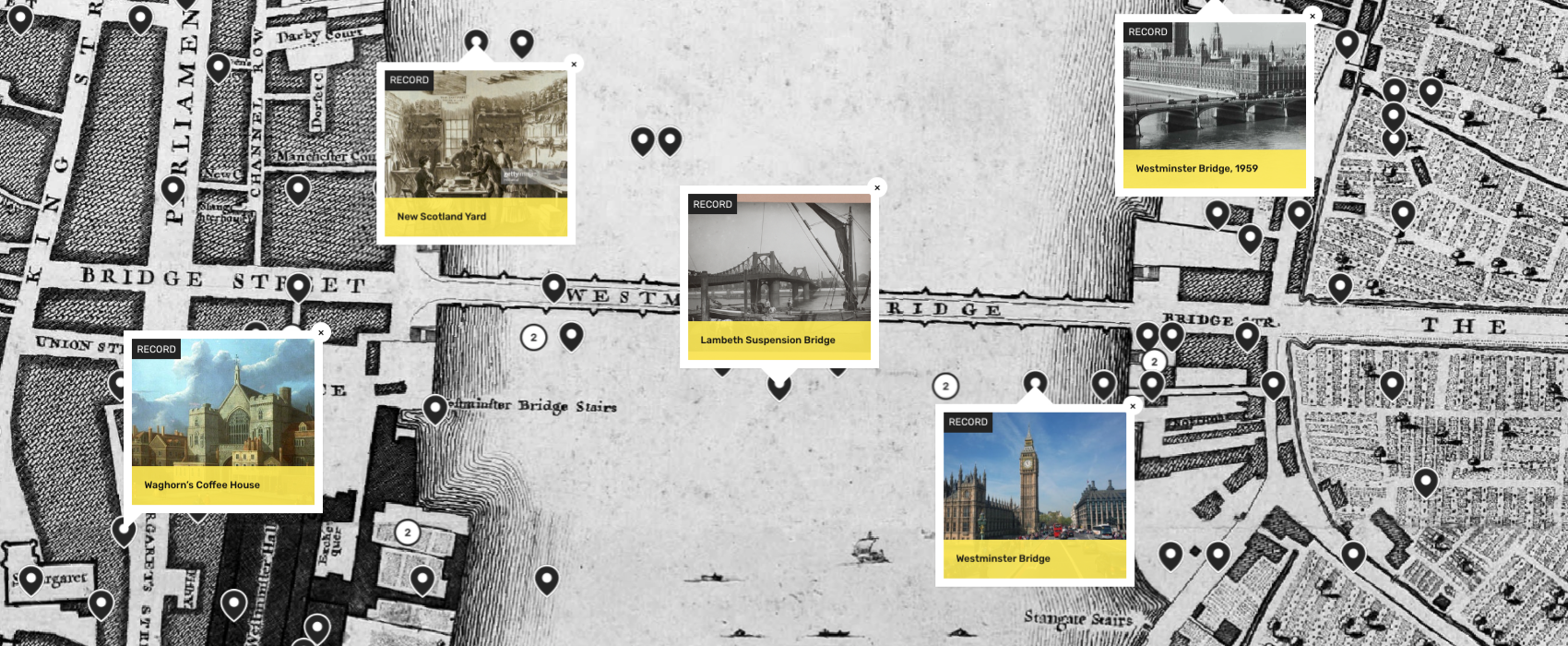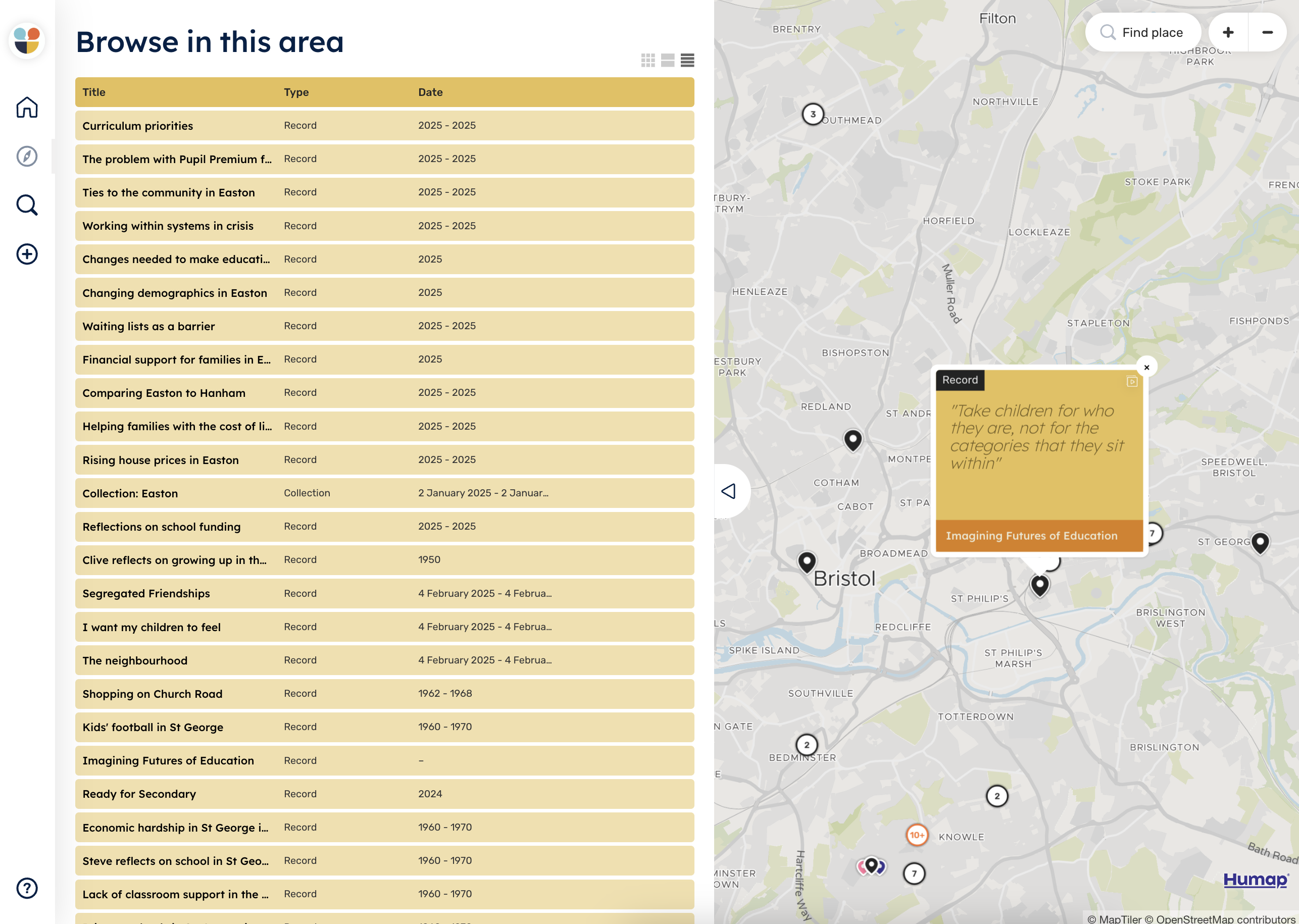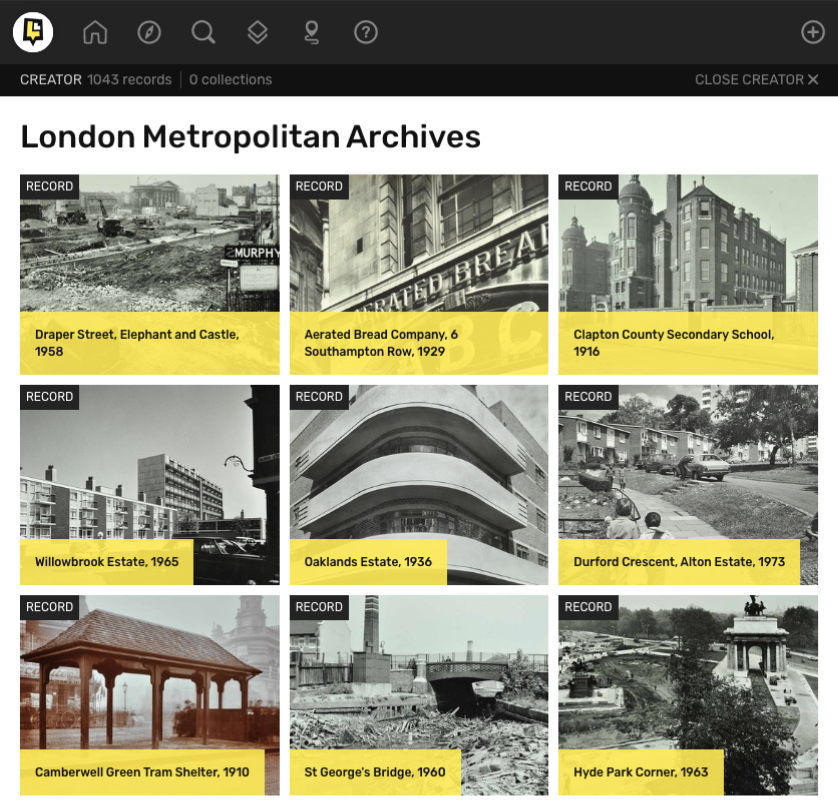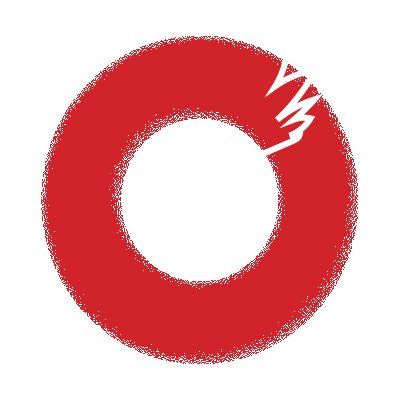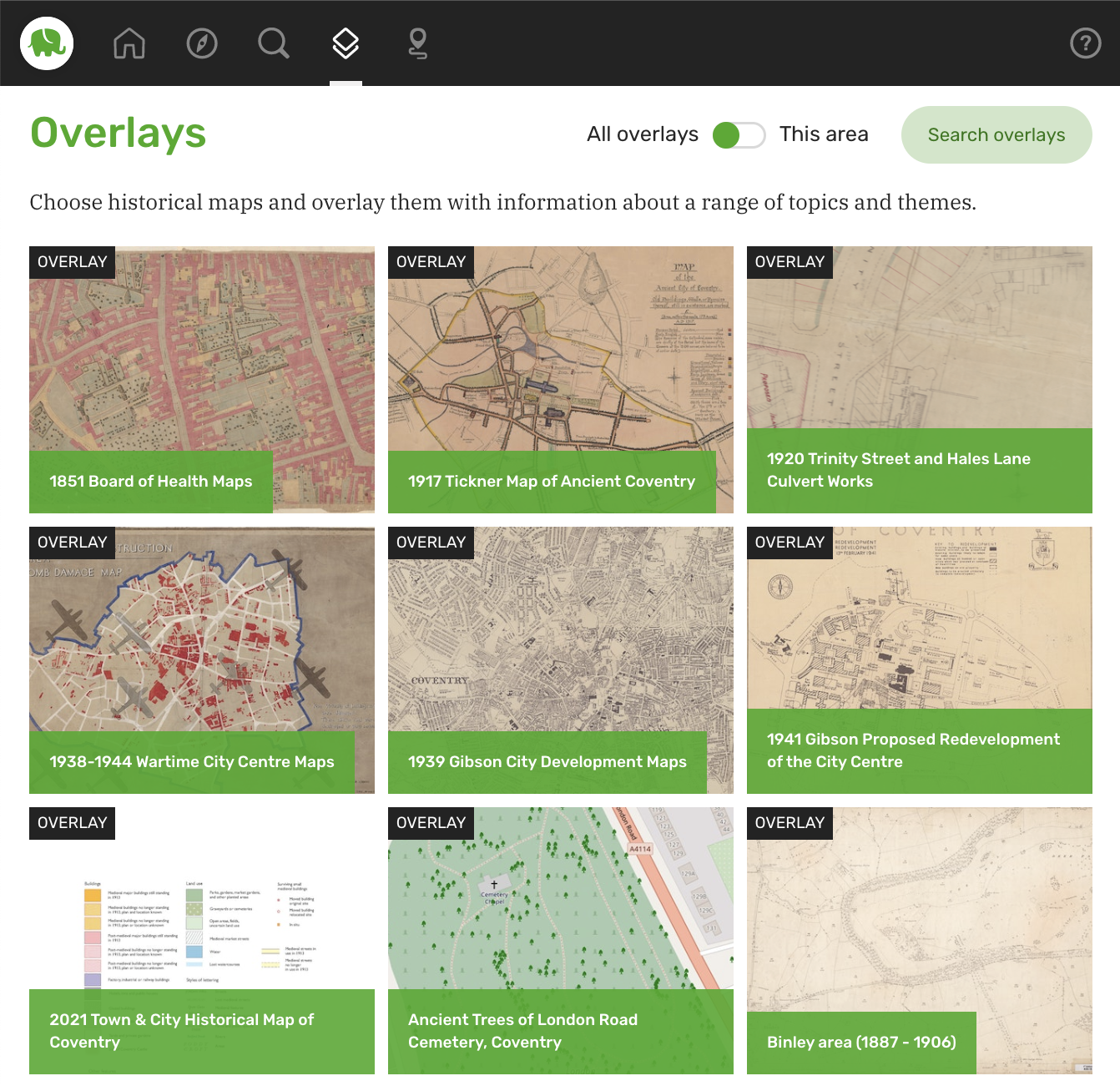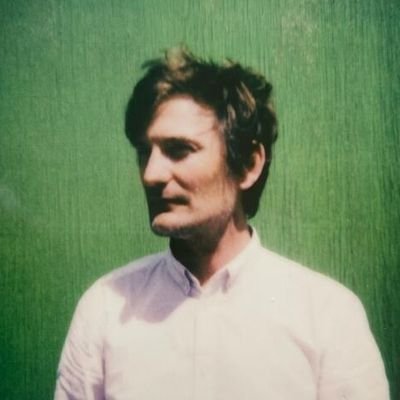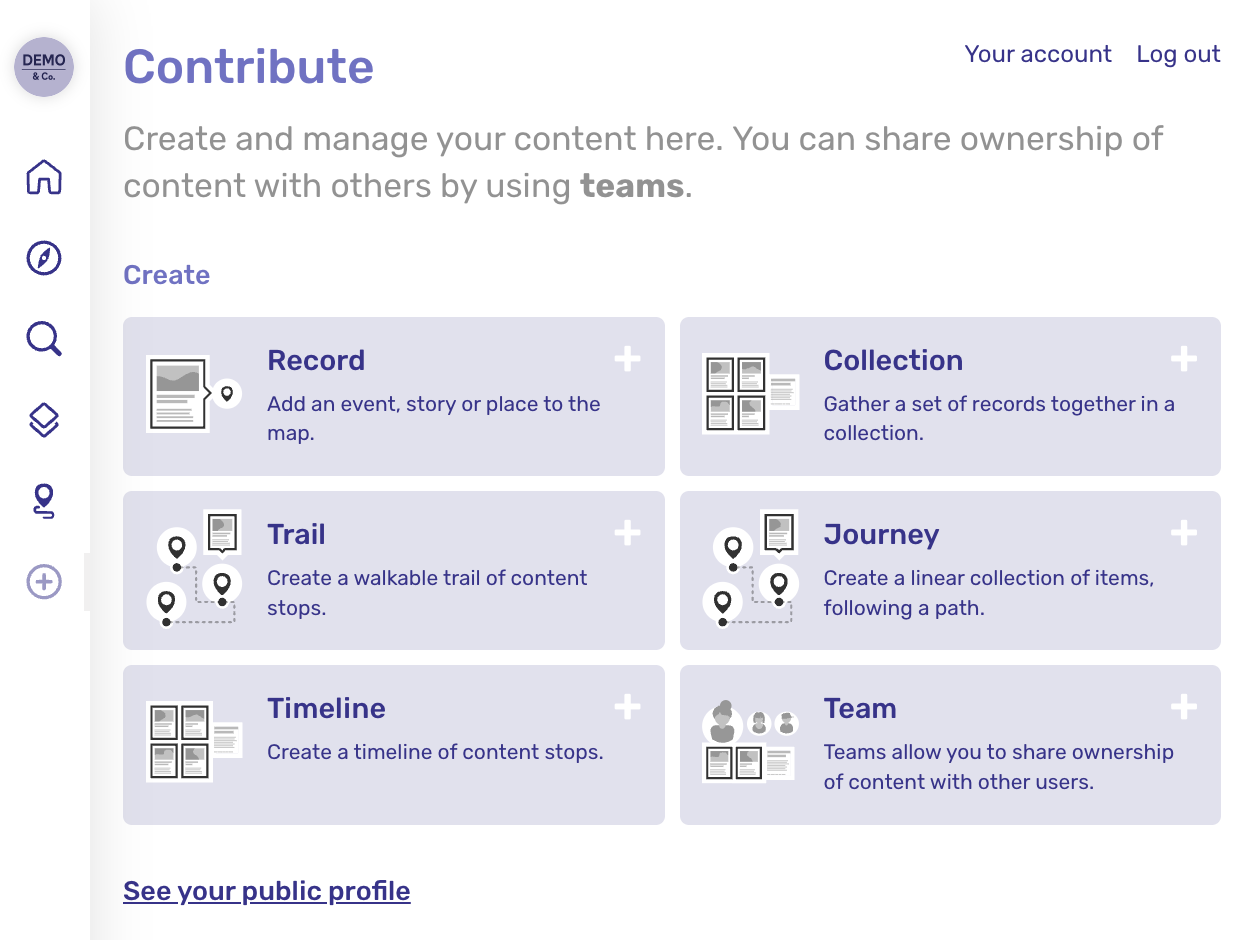Give your research the platform it deserves.
Whether you’re mapping oral histories, visualising historical census data, or experimenting with participatory GIS, our platform is built to support the complexities of interdisciplinary digital research.
Academic research deserves more than a static PDF or a website that disappears when the funding runs out. With Humap, your work stays accessible, shareable, and adaptable — in the classroom, in the community, and for the future.
Planning a grant-funded project? Our Bid Kit makes it easy to include Humap in your application.

